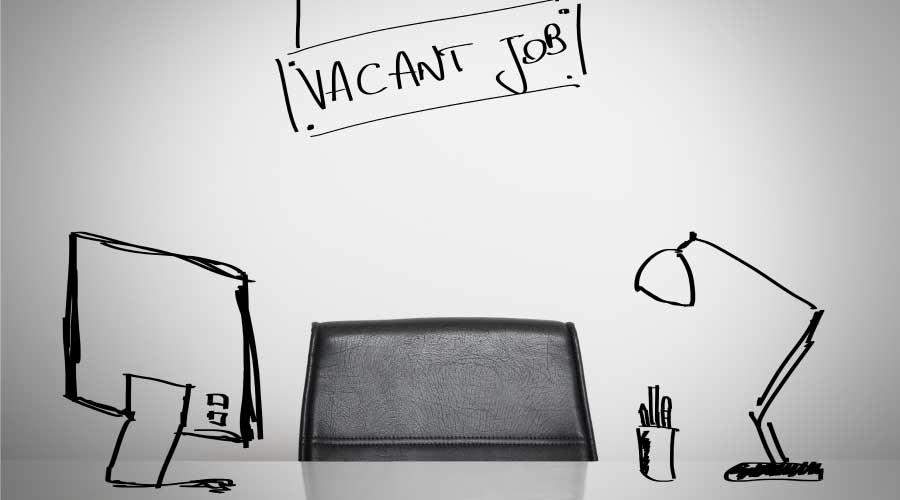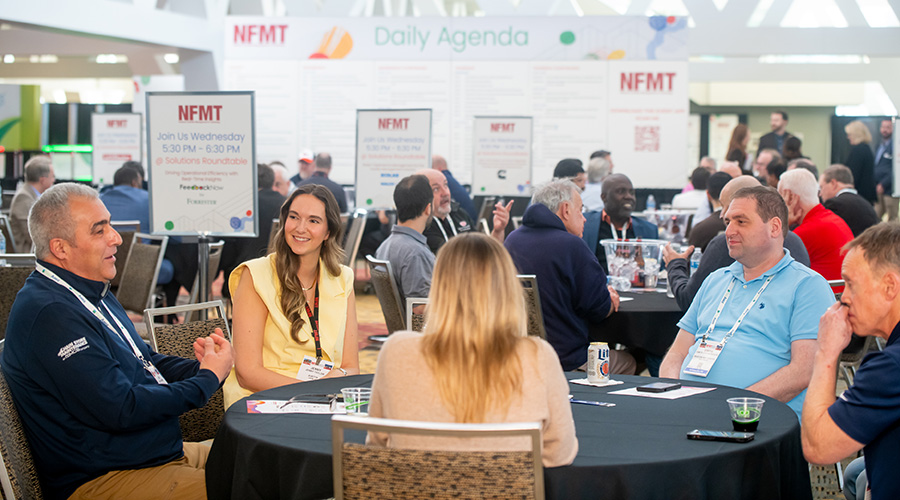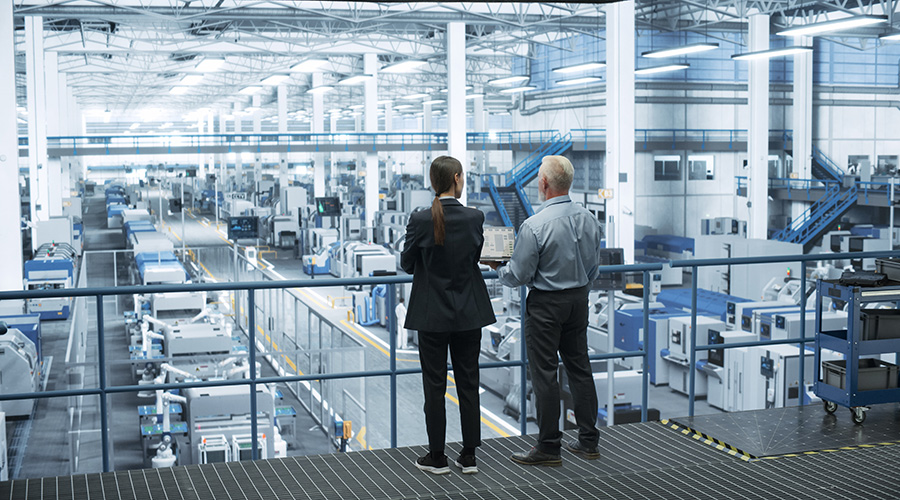Will Hiring Ever Return to Normal?
Continuing education and a flexible workweek could be incentives to attract candidates.
By Laurie A. Luebbert, Contributing Writer
One question Americans have been bandying about in light of the COVID-19 pandemic is, “When are we going to return to normal?”
That question pertains to various aspects of life, with workplace dynamics being one of them. First, it was shutting down some businesses; then it was having employees work from home; then it was “The Great Resignation;” then came supply-chain issues; and now, few industries seem to have escaped staffing challenges that the pandemic has magnified.
The facilities management sector started experiencing such struggles before anyone had even heard of the coronavirus. As for returning to “normal,” one consultant says you can’t get back to something that never was.
“My response to that is, I don’t think we’ve ever had normal,” Alana Dunoff, a consultant and adjunct professor in facilities management at Temple University, says. “I start to look at the last 30-plus years of facilities management, it has always been evolving. We’ve had closed offices and we’ve had opened offices; we’ve had workstations, high cubicles and low cubicles; we’ve had offices around the perimeter and then we’ve had them in the center — it’s always changing. It’s always evolving. So we’re just in the middle of our continued evolution.”
Strategists who advise businesses on workplace management have been kept busy as they help the facilities industry close the employment gap.
“Many are doing the same things they’ve always done with recruitment and retention but more,” says Robin Camarote, a strategy consultant and executive coach of Robin Camarote Coaching and Training. “Everyone is working harder but seeing less of a return on their investment.
“I’m seeing a shift in expectations from what employees want out of work and what employers are willing and able to provide. This shift has resulted in some disengagement and apathy, which is frustrating for both the employees and business leaders.”
Retirement Gaps
While COVID-19 consistently comes up as a reason today’s labor climate, Dunoff says it’s too easy to use the pandemic as a scapegoat.
“What was happening before the pandemic, and it’s still sort of out there, is that there are a lot of companies that are hiring,” Dunoff says. “What I think is happening is that they’re hiring differently or for different kinds of positions, but (what) they’re still experiencing – which they were experiencing before the pandemic – is a lot of people are retiring and they’re retiring even faster now.”
When the coronavirus upended the normal business model, people who were home for a while shifted priorities.
“People were like, ‘I’m just done,’” Dunoff says of the reaction to dealing with the stress of changes being brought on by the pandemic. “So there is a huge wave of retirement that has happened and because that was part of the baby-boom generation, there just aren’t enough bodies to fill those positions.”
The pandemic’s impact on the flight from the American labor force has been called “The Great Resignation” for a good reason. More than 47 million workers left their positions in 2021, with many of them looking for a better work-life balance, more flexibility or more money, the U.S. Chamber of Commerce reports.
In assessing the post-pandemic business climate, Camarote says employers have been improving their compensation packages to attract workers in today’s competitive labor market. Despite these initiatives, many sectors across the board continue to face a labor shortage.
“Organizations are also having to expand their traditional candidate pool,” she says. “One manufacturer I spoke with recently is increasing their outreach to inmates being released from prison.”
Even in today’s competitive labor market, companies are not hiring just anyone who applies — nor are they advised to do that.
“One of the most impactful strategies organizations can focus on is hiring the ‘right’ people – not just hiring for the sake of filling a seat,” says Jake Smithwick, an associate professor at the University of North Carolina at Charlotte whose research focus is facilities benchmarking and talent procurement.
Continued Education
Often with hiring, it’s about more than money. A change in mindset is needed if employers want to be able to staff their companies with engaged workers.
“How we work contributes more to our happiness than what we do,” says Camarote. “Filling the gap requires organizations to rethink how they connect with and motivate employees. How? Tuning into their desire for impact, autonomy and recognition.”
Part of that comes through continuing education that fuels professional growth and development.
“To educate and train those who are there today is critical to show that you care about those employees, that they are valued,” Dunoff says.
Continuing education not only retains current workers but can also attract new ones.
“Enabling a better-educated, well-credentialed facility management workforce will help address the employment gap,” Smithwick says. “Finding people is difficult – however, enhancing the capabilities of our existing workforce provides benefits both in the short term and long term. Education is key to fixing the employment gap.”
Dunoff advises companies to look within their business and offer lateral moves as they struggle to fill vacancies. That applies especially to facilities management because “you can learn the dynamics of it.”
The strategists point to using online hiring tools, networking with colleagues and with schools that train people in facilities management, and sending people to professional conferences as ways to help employees achieve the feeling of self-worth so vital to workplace loyalty.
Changing workweek
Another solution comes down to assessing the organization anew.
“A number of companies are saying, ‘Hang on, our organization might need to change because our company is changing and shifting,’” Dunoff says.
Companies are looking different than they did in the past couple of years, so it might be time to refocus. She said she considers getting people back in the office one of the key factors to success as facilities management and other industries try to rebound and fill their staffing needs.
“Because we are social beings, we work much better when we work together,” Dunoff says. “Being productive at home is very different than being innovative and collaborative. That’s not the same thing. People say, ‘Well, everyone’s being productive; we’re getting our stuff done.’ That’s great, but being productive doesn’t allow companies to grow.”
While building occupants may be able to establish a hybrid work schedule, facility managers and their teams primarily need to be present at the facility. After all, facilities management is a hands-on field. This reality can be difficult when trying to improve work-life balance.
One alternative is for companies to embrace a four-day workweek that might allow workers to strike a different work-life balance.
Getting back to the concept of the job evolving, Dunoff and Smithwick agree that this industry will never be stagnant.
“The future of facilities management is bright, but we are going to have to go through a rough patch,” Smithwick said, anticipating that the workforce challenges the sector is facing “will not disappear overnight.”
Laurie A. Luebbert is a freelance writer with Advantage Informatics.
Related Topics:












